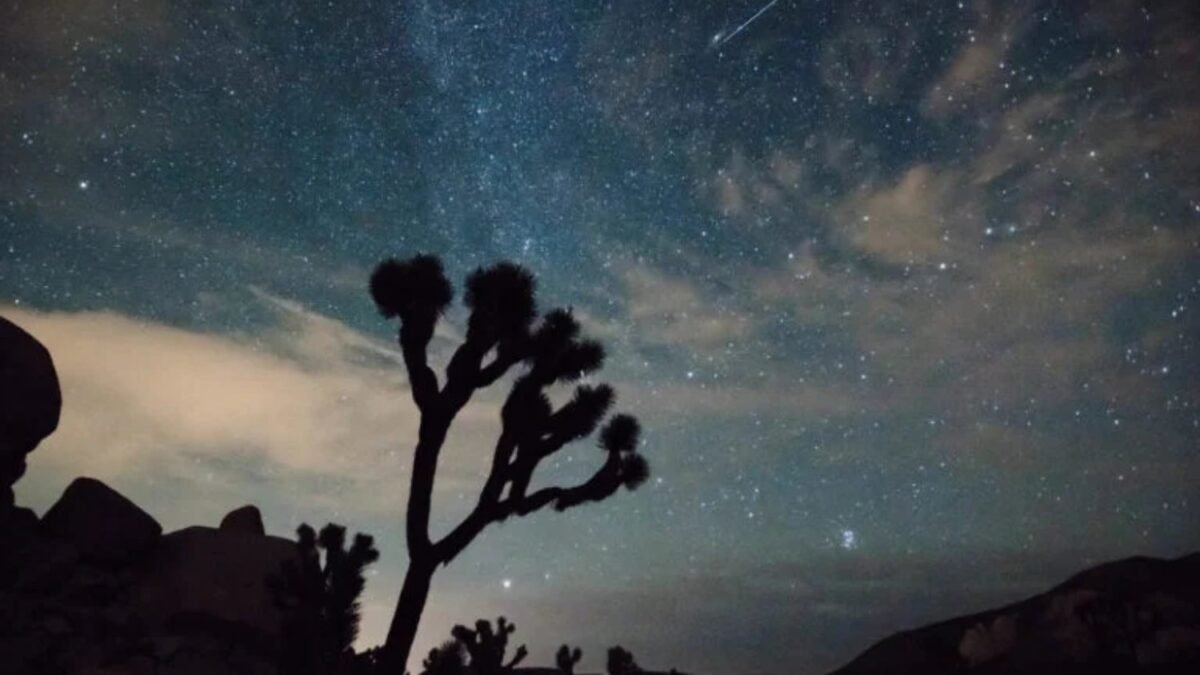How to Watch One of the Most Dazzling Meteor Showers of the Year

The Perseid meteor shower is set to illuminate the night sky this August
The Perseid meteor shower is one of the most anticipated astronomical events of the year, known for its bright and fast meteors that leave colorful trails of light as they streak through the Earth’s atmosphere. This annual meteor shower, which began in July, is expected to peak during the night of August 12th to 13th, according to NASA. However, this year’s observation may be affected by the almost full Moon during the peak hours, which could reduce visibility of the phenomenon.
Experts suggest that under ideal conditions, the Perseids can produce between 50 and 100 shooting stars per hour. Unfortunately, the waning gibbous Moon in 2025 is expected to significantly affect the shower, reducing activity by at least 75% and making only the brightest meteors visible.
Tips for optimal meteor shower viewing
To enhance your chances of seeing the Perseid meteor shower despite the bright Moon, there are some strategies you can follow. One key tip is to create the darkest conditions possible by seeking out shadows cast by trees or buildings to block the Moon’s light. It is also essential to move away from sources of light pollution and avoid looking at electronic devices, as they can hinder your eyes’ adaptation to darkness.
The best time to observe the Perseid meteor shower is between midnight and dawn when the sky is darkest and the shower is most active. During these hours, Earth’s positioning allows for a direct view of the meteors approaching the planet.
The radiance of the Perseid meteor shower is located in the northern hemisphere, making it particularly visible from this region. Although the meteor fragments actually originate from the Swift-Tuttle comet, they appear to come from the Perseus constellation, hence the name. It is recommended to focus your gaze about 45 degrees around the radiant for optimal viewing.
The Perseid meteor shower will remain active until the end of August, with the most spectacular displays expected in the middle of the month. If you miss this year’s event, another cosmic show awaits you in December with the Geminid meteor shower, promising a dazzling display under moonless conditions, as noted by NASA.






